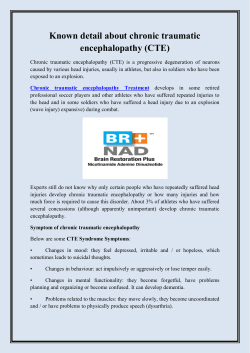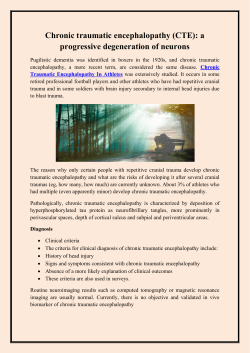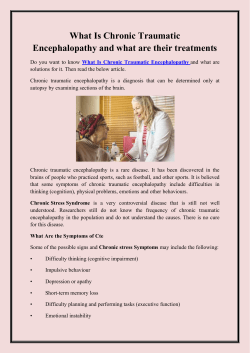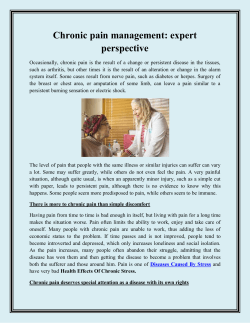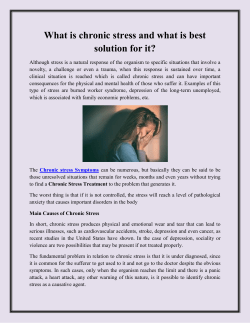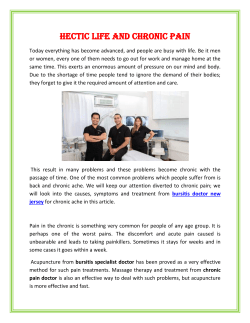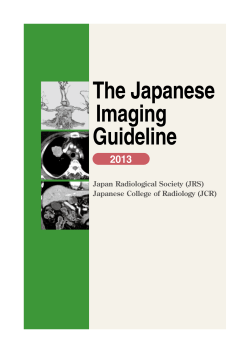
CTE Treatment
Chronic traumatic encephalopathy Causes, symptoms and treatments. Currently, there is no reliable way for Chronic Stress Diagnosis. A diagnosis requires evidence of brain tissue degeneration and other proteins in the brain that can only be seen with an inspection after death. Some researchers are actively trying to find a test for CTE Syndrome Symptoms that can be used while people are alive. Others continue to study the brains of deceased people who may have suffered from chronic traumatic encephalopathy, such as football players. Over time, hope is to use a variety of neuropsychological tests, brain imaging, and biomarkers to diagnose chronic traumatic encephalopathy. In particular, obtaining images of the amyloid and tau proteins will be useful for diagnosis. There is different Causes Of Chronic Stress which varies from person to person so Chronic Stress Treatment Springfield must be done on time. Neurological tests The doctor for Chronic Stress Disorder Treatment Springfield will examine your neurological health by evaluating the following: • Reflexes • Muscle tone and strength • Ability to get up from a chair and walk around the room • Sense of sight and hearing • Coordination • Balance Imaging tests of the brain The imaging technology of the brain is currently used to diagnose mild traumatic brain injuries. Some of the following technologies could be used for the diagnosis of chronic traumatic encephalopathy in the future. Magnetic resonance image (MRI). A magnetic resonance image uses a magnetic field to detail images of the brain. Researchers believe that by improving magnetic resonance imaging tests, they can help diagnose chronic traumatic encephalopathy. • The image magnetic susceptibility is a type of magnetic resonance imaging showing minor bleeding (bleeding) occurring because of an injury to the central nervous system. • The image with diffusion tensor is a type of magnetic resonance image that reveals the movement of water and the path of white matter in the brain, which may indicate brain abnormalities. It seems promising about detecting chronic traumatic encephalopathy, but it must be more accurate and accurate. • The magnetic resonance spectroscopy is similar to magnetic resonance imaging, but can provide more details on brain damage. Positron emission tomography (PET) scan. A PET scan uses a low-level radioactive marker that is injected into a vein. Then, a scanner follows the flow of the radiolabel through the brain. The researchers are actively working to create markers for PET that detects tau protein abnormalities associated with neurodegenerative disease. The objective is to achieve a marker to identify the pathology of the tau protein of chronic traumatic encephalopathy in people with life. Computed tomography by single photon emission (SPECT). Single photon emission computed tomography is an imaging test that is used to diagnose dementia. Researchers are using various substances that are thickened with tau and other proteins in positron emission tomography. These positron emission tomography scans are in the research phase and are not available for clinical trials. Potentials related to episodes and quantitative electroencephalography. These noninvasive tests use electroencephalography, in which a mesh cap with electrodes is placed over a person's head. It allows doctors to detect record and analyze brain waves, which can detect changes in the brain produced by multiple traumatic brain injuries.
© Copyright 2025

